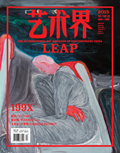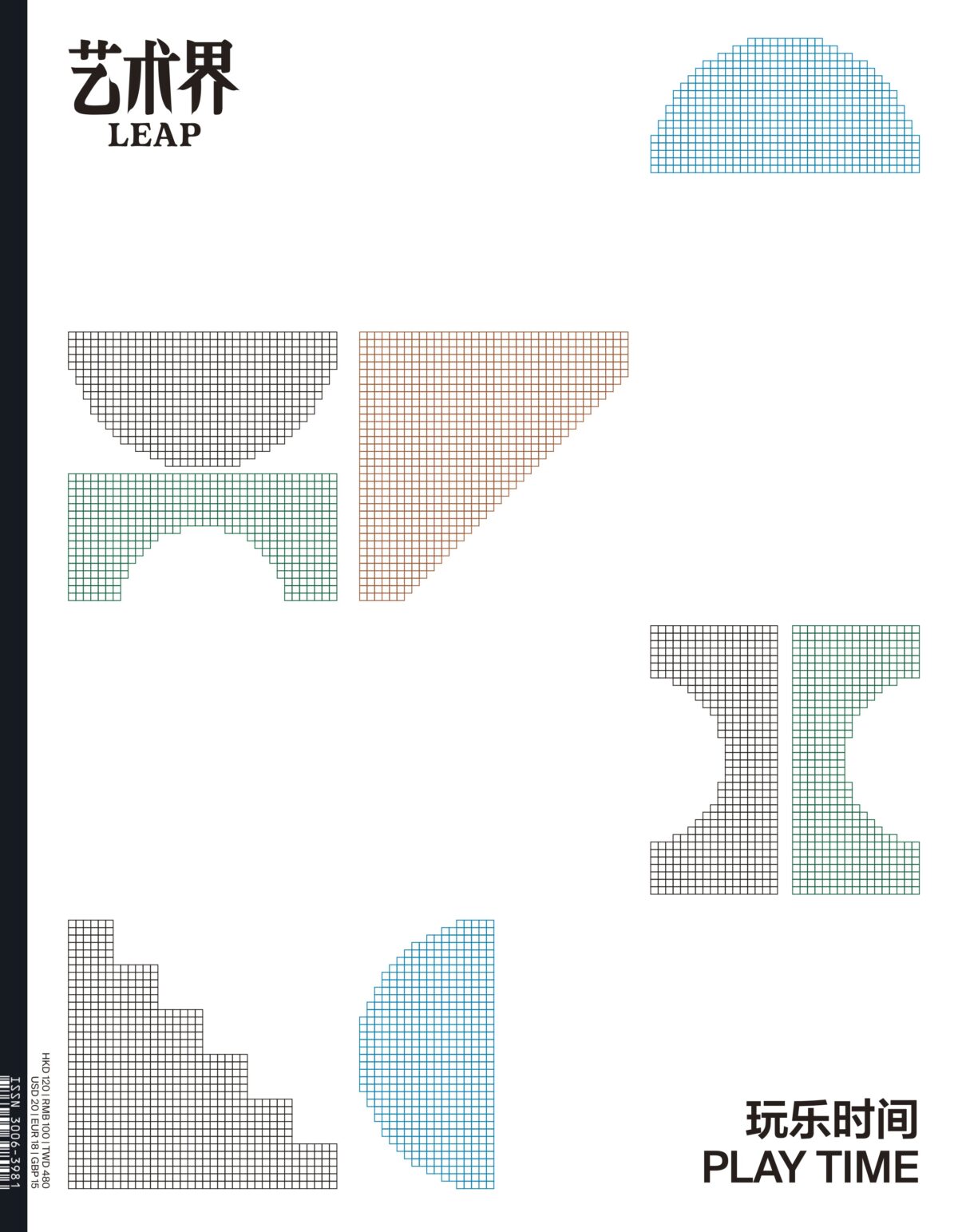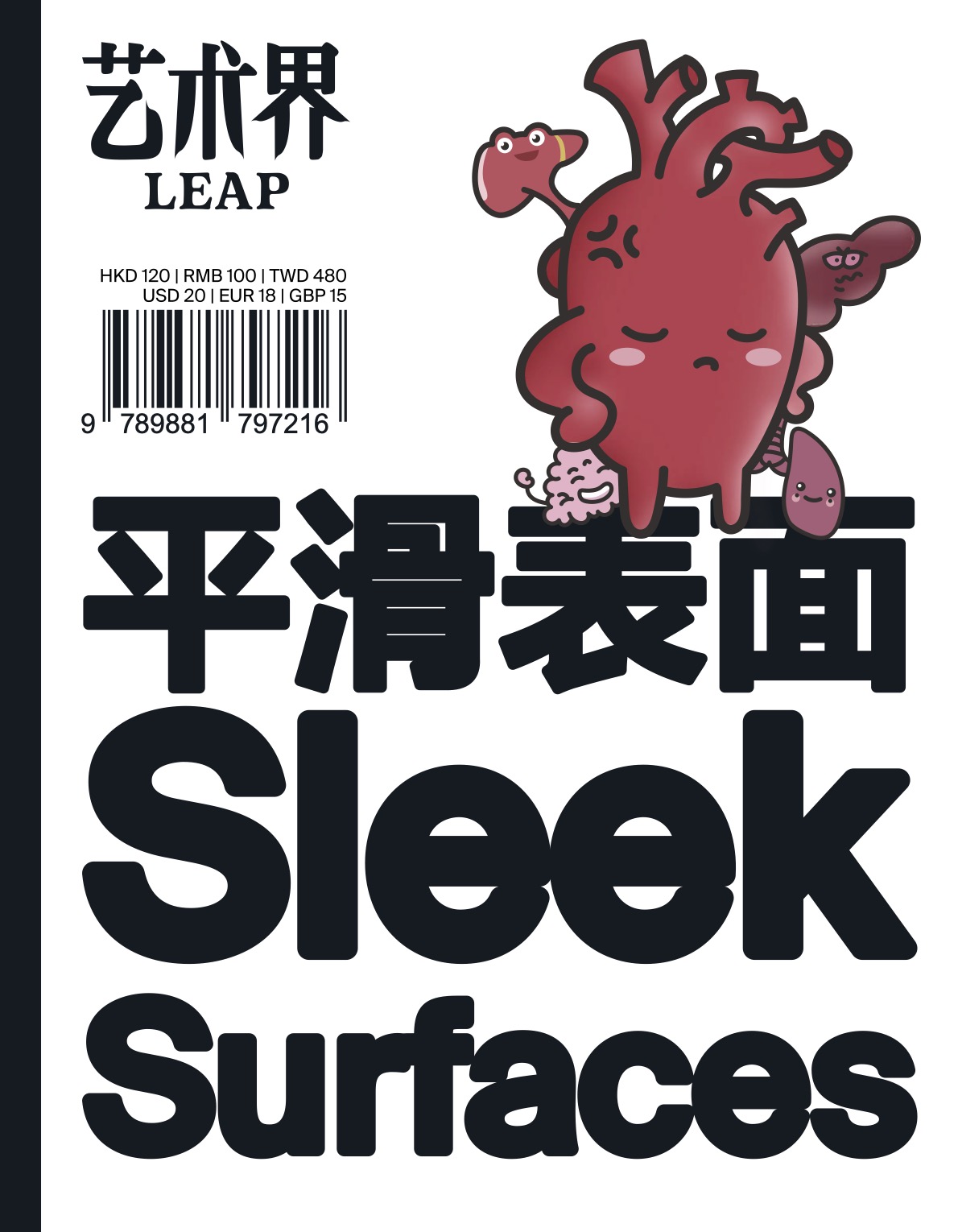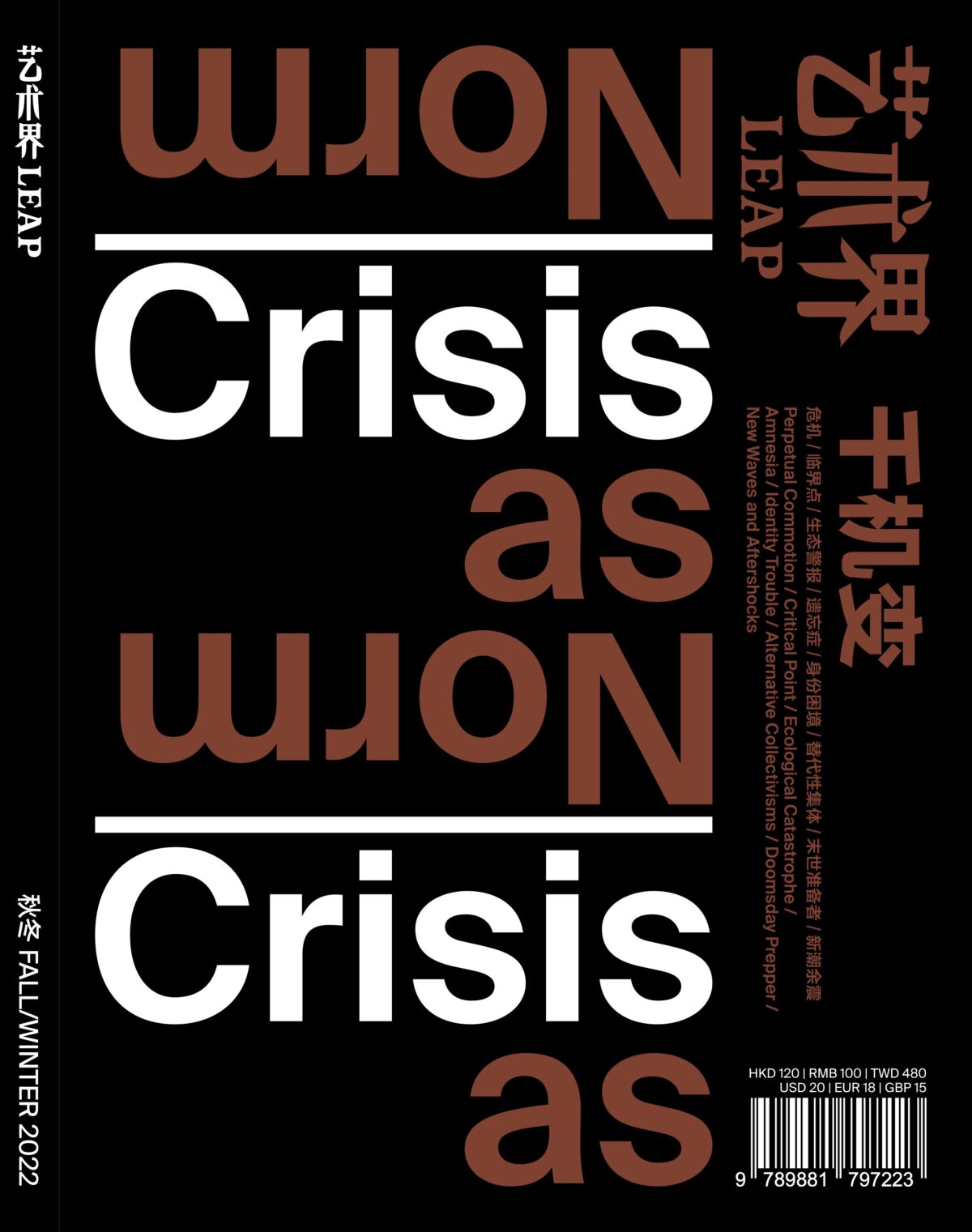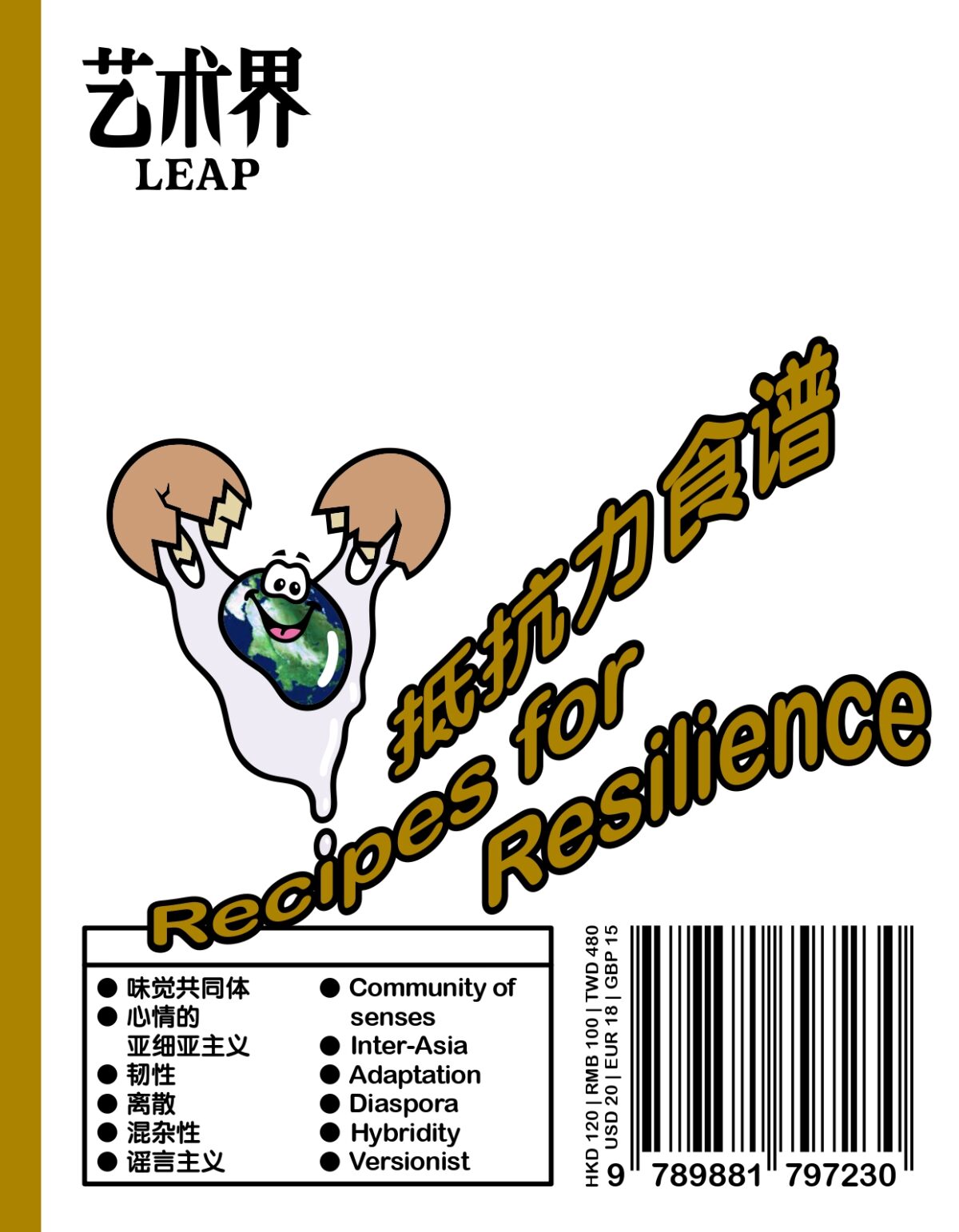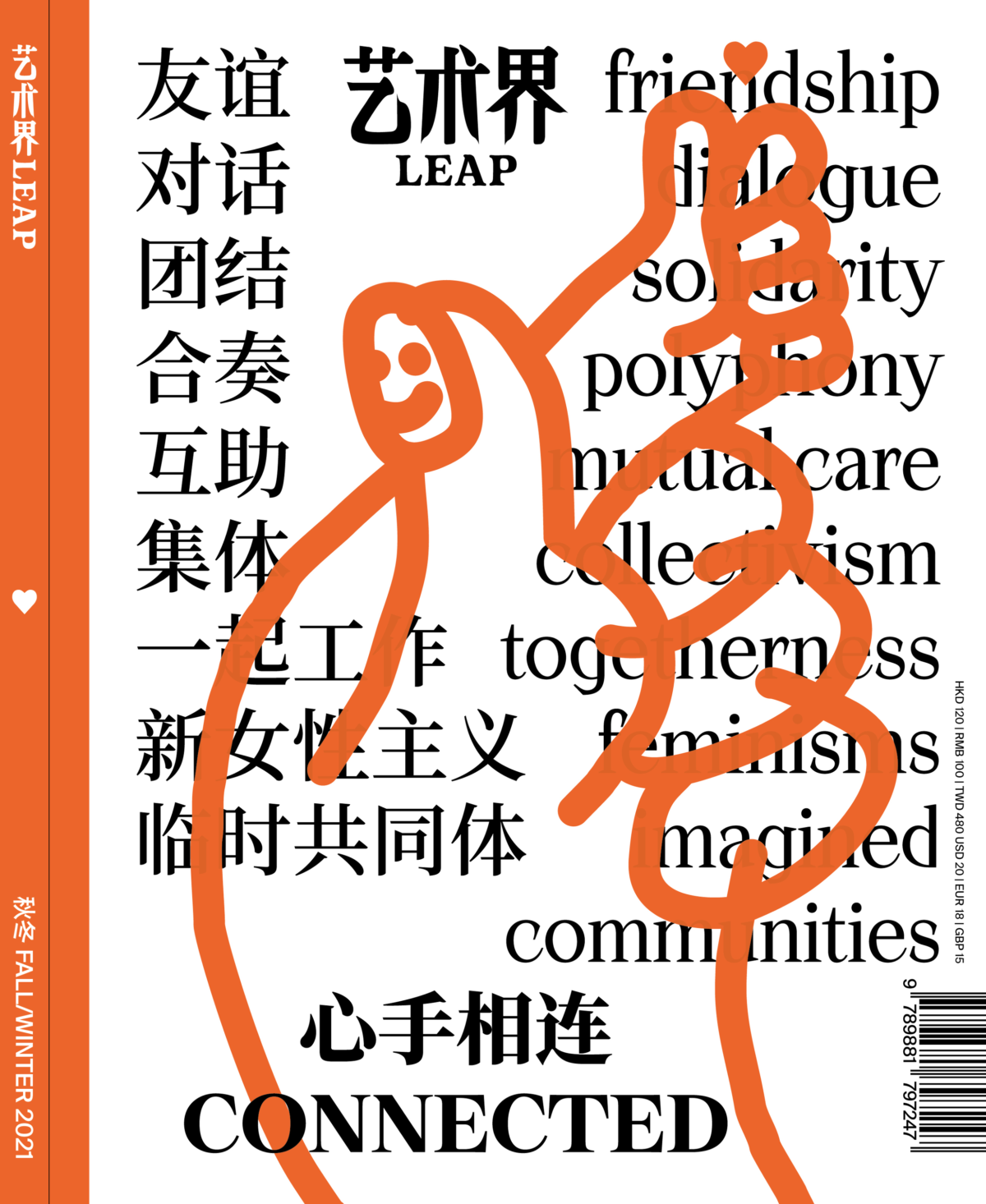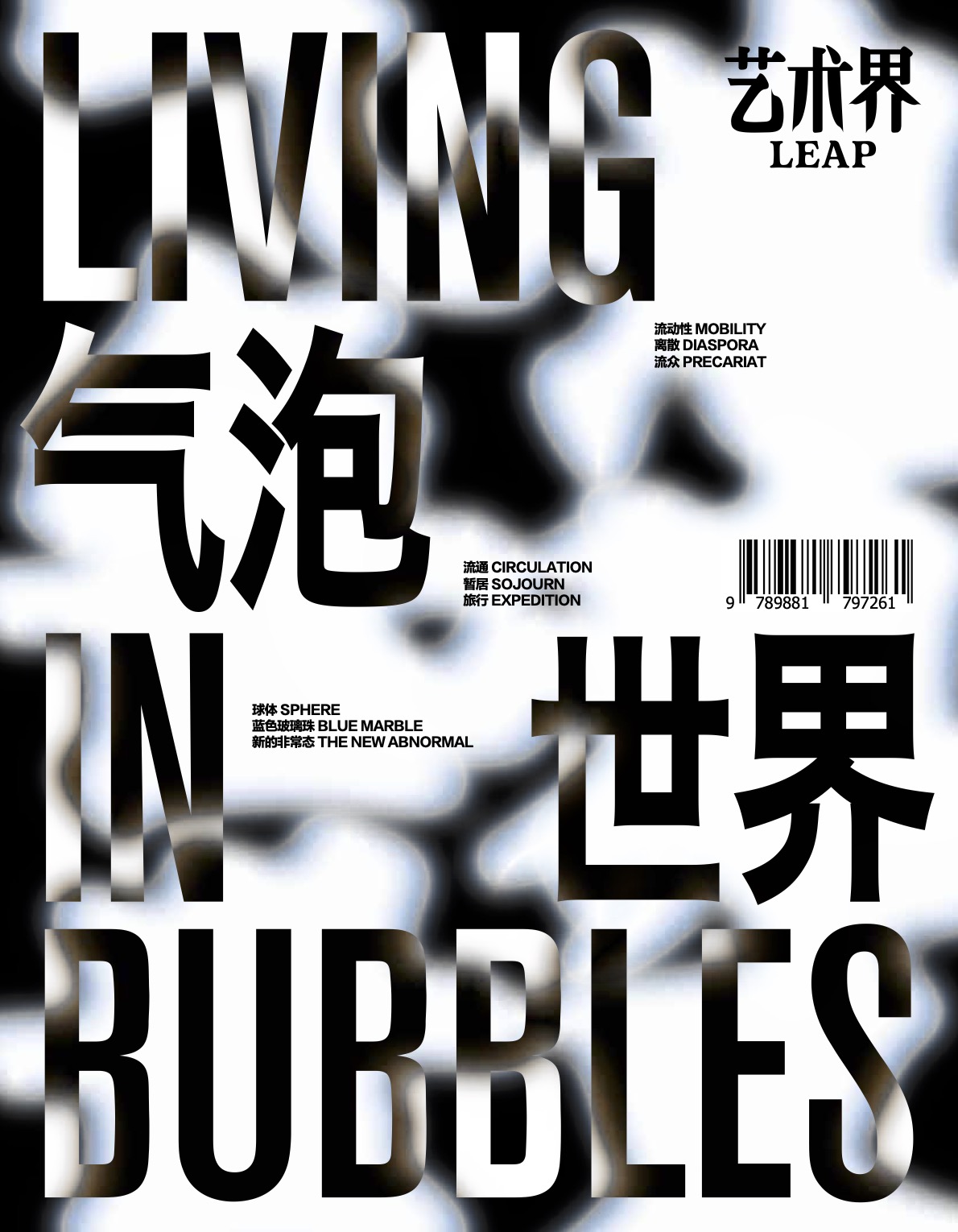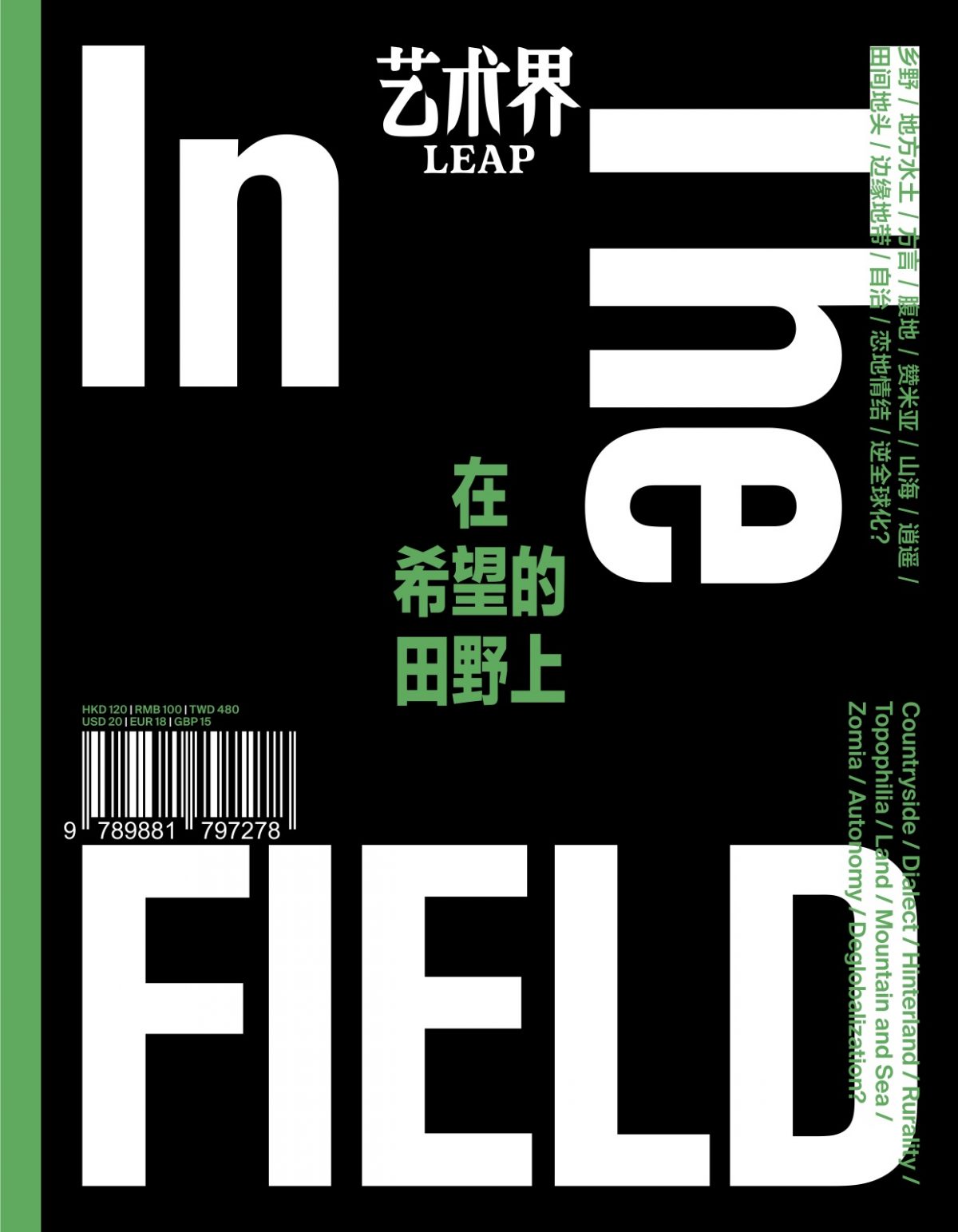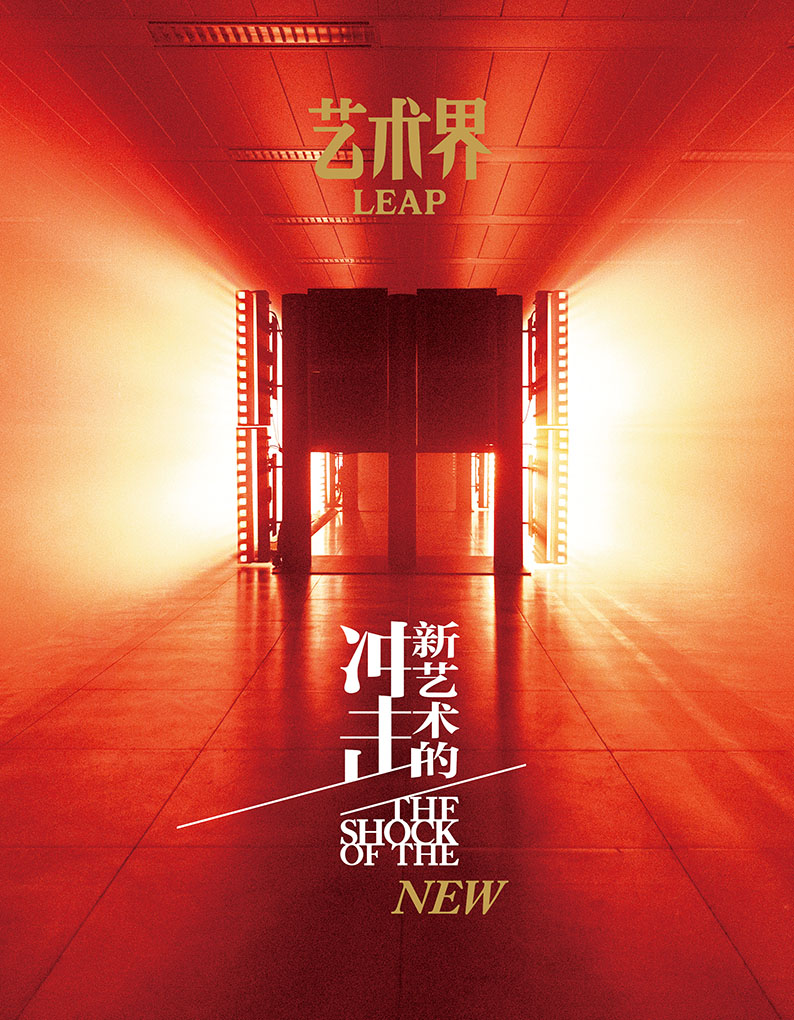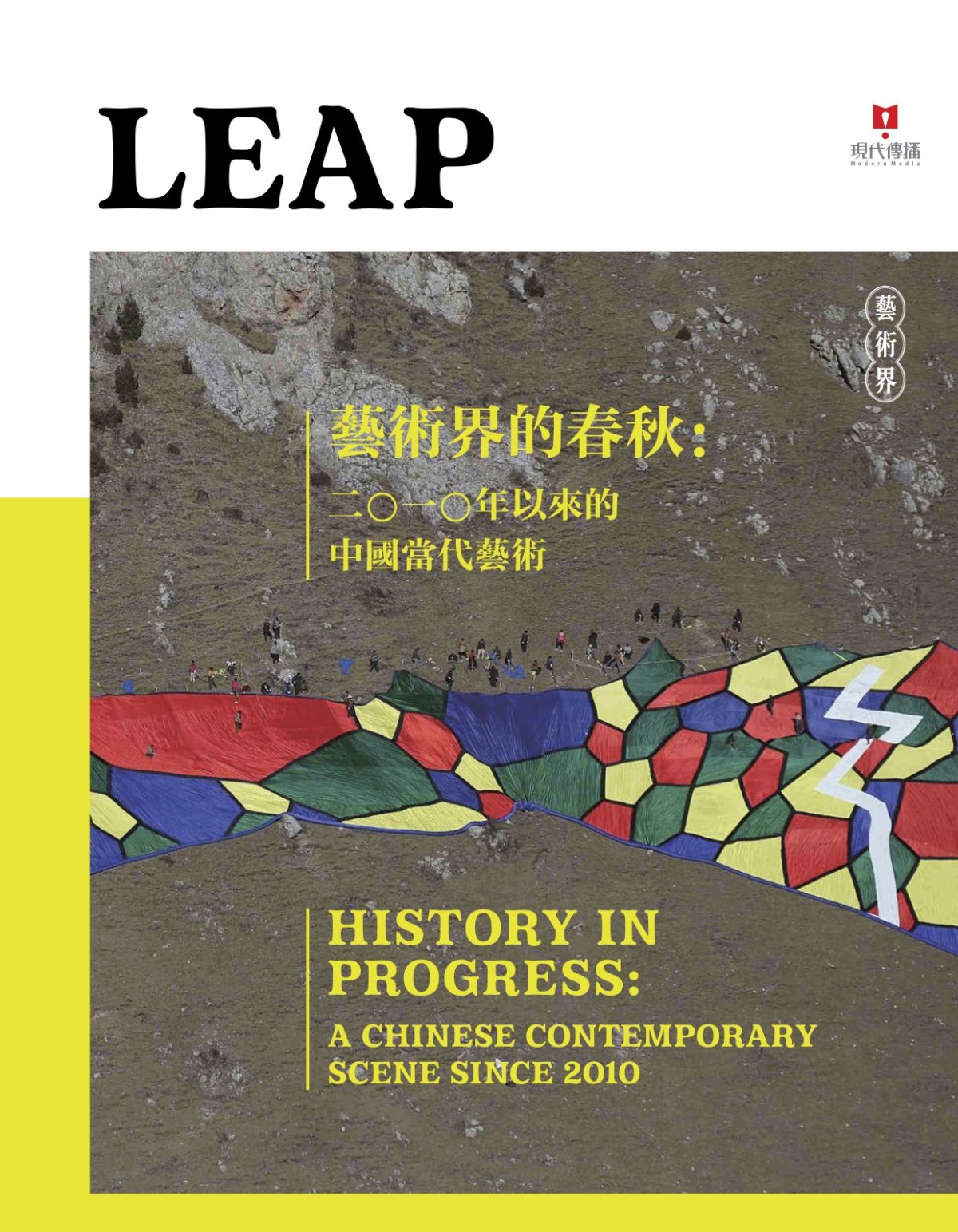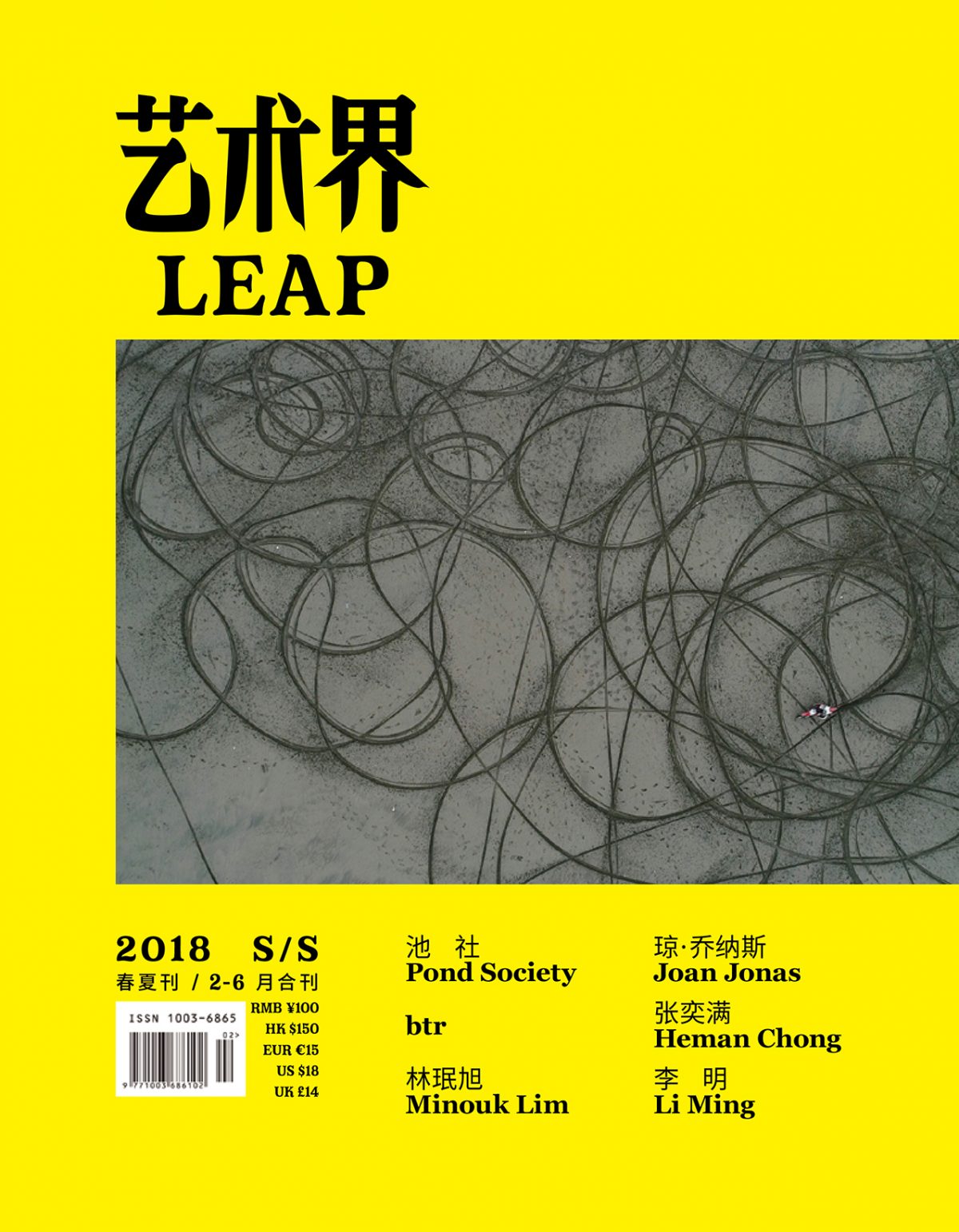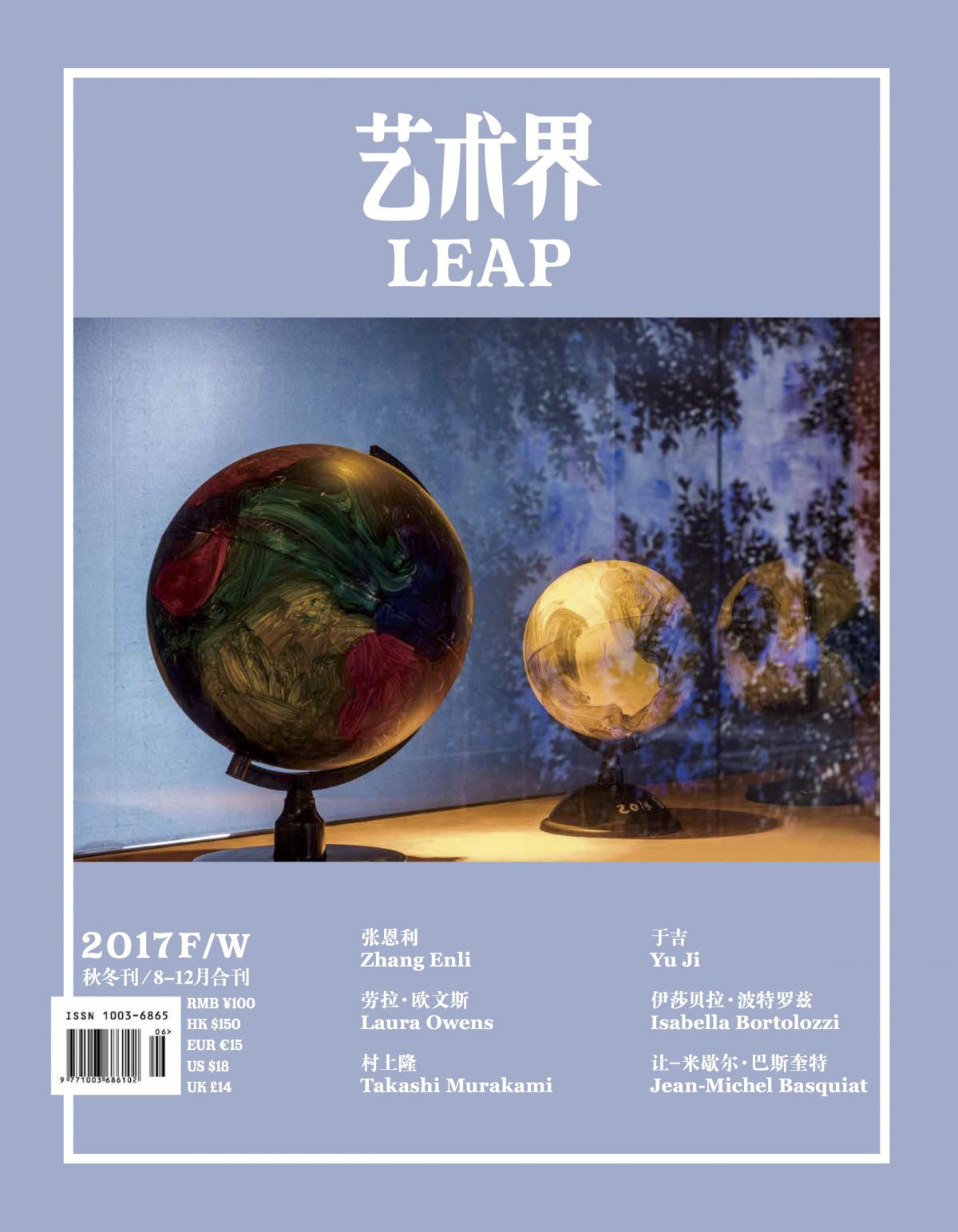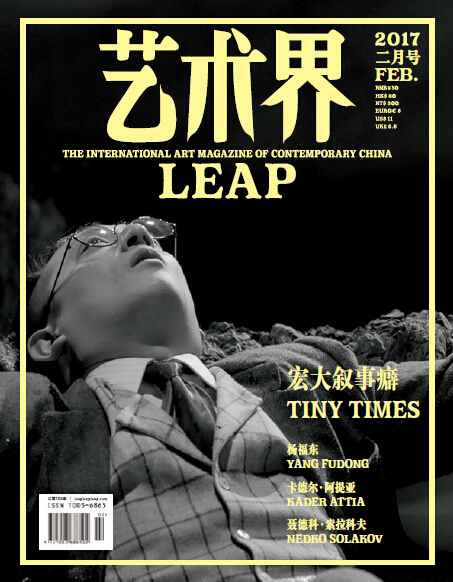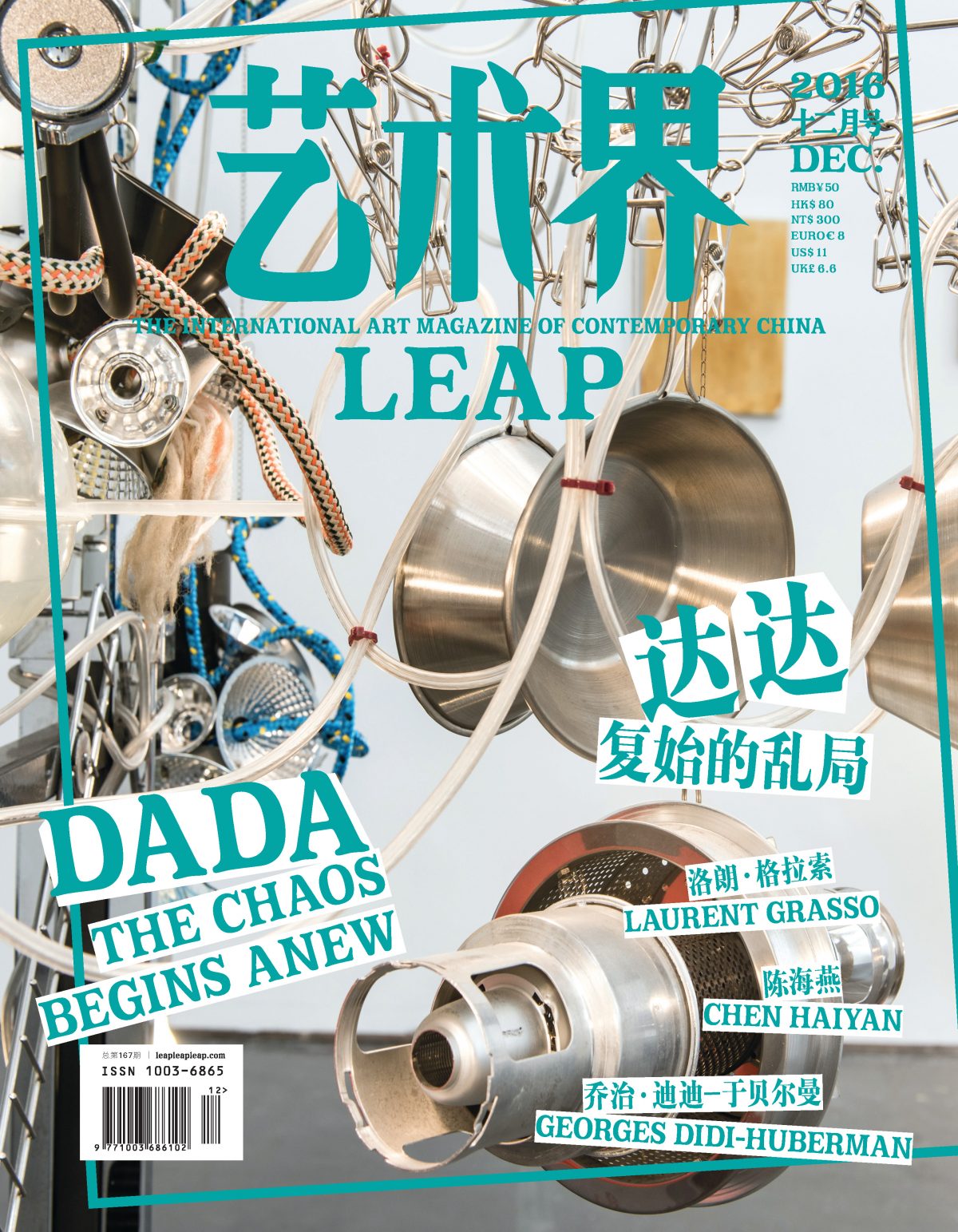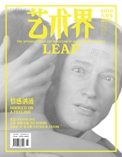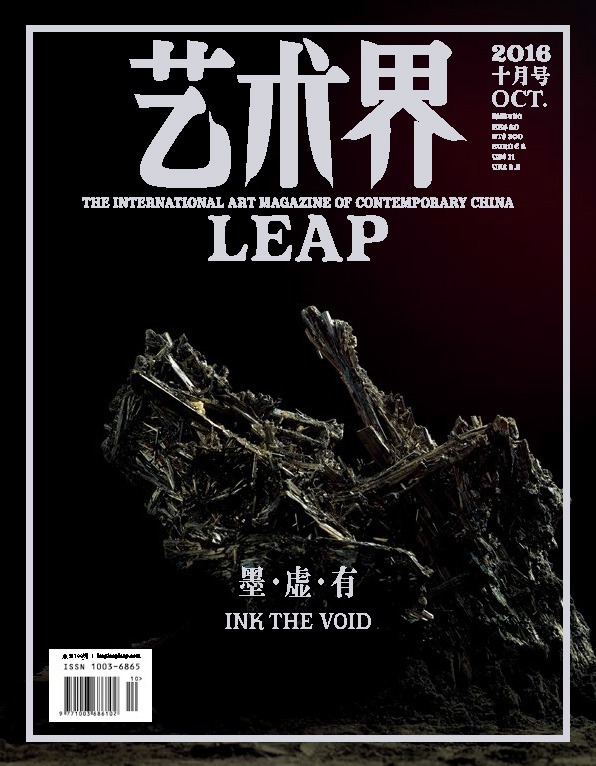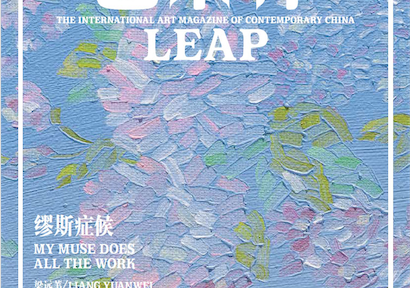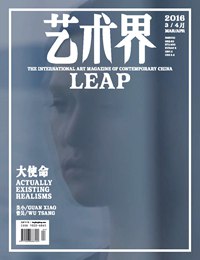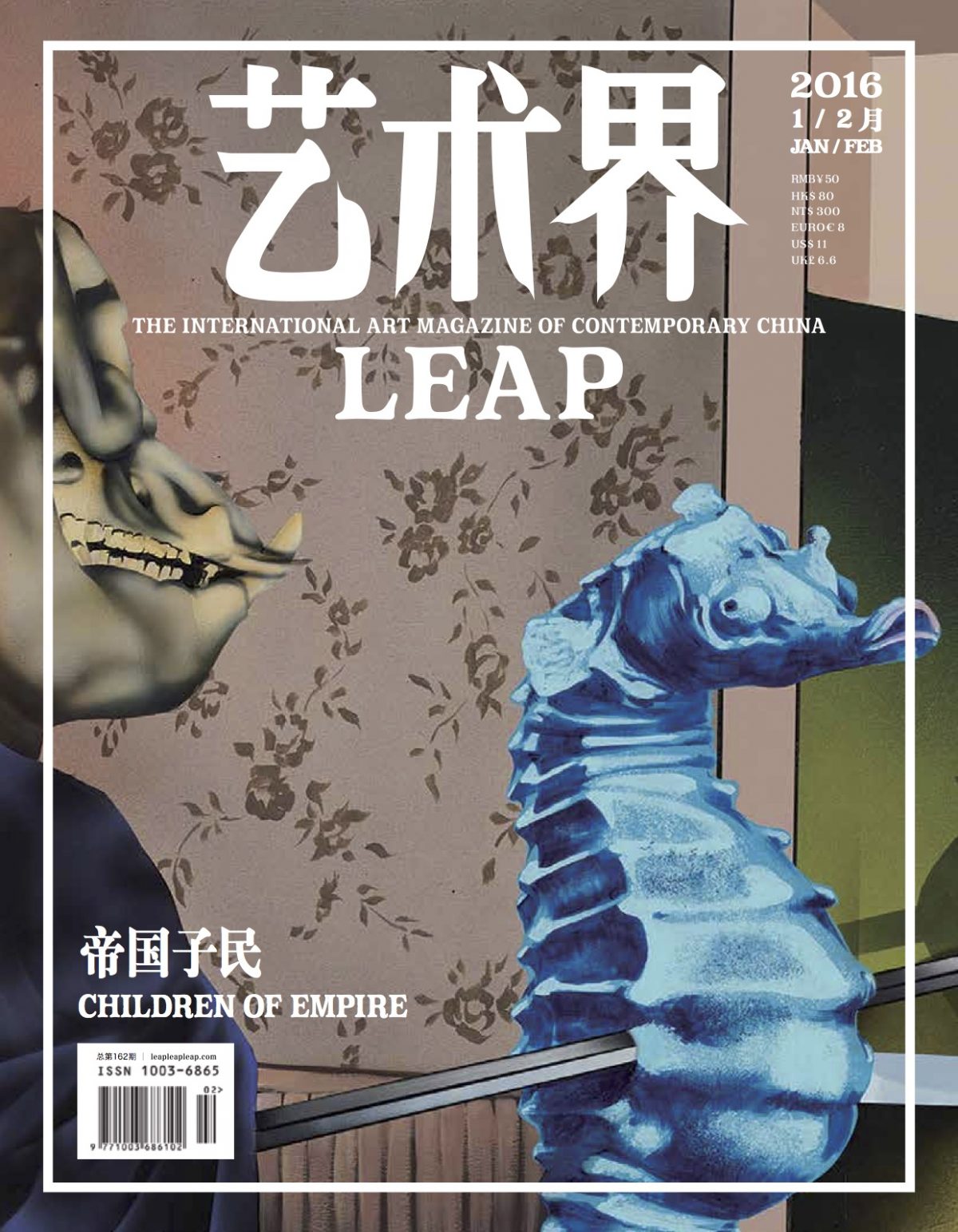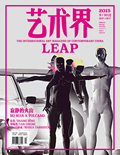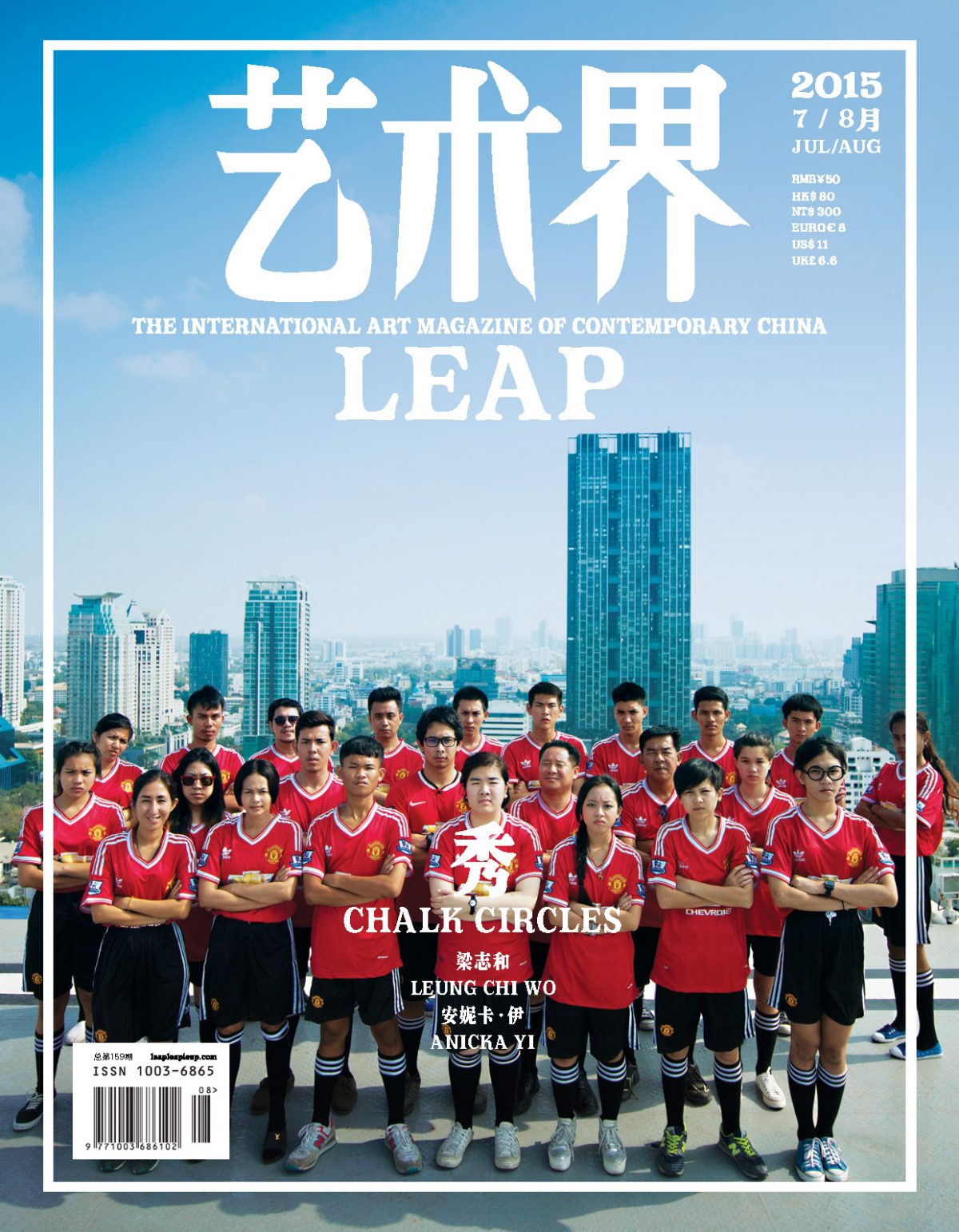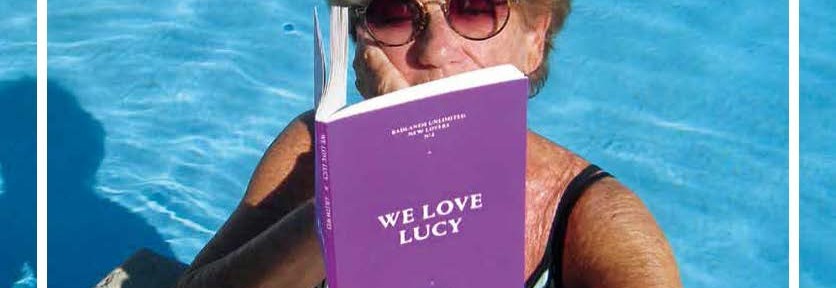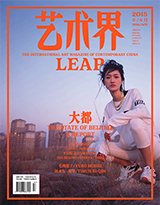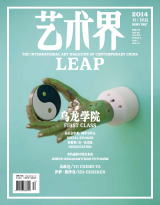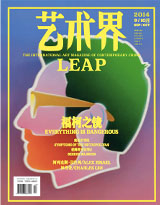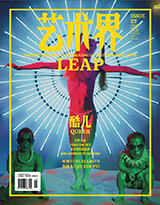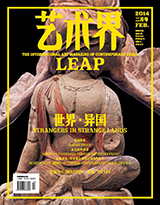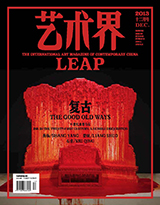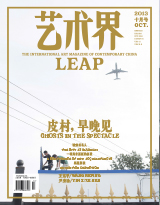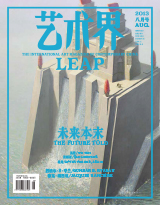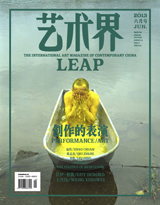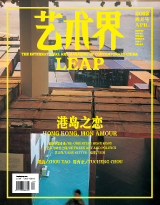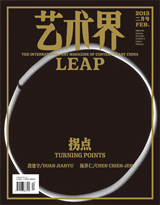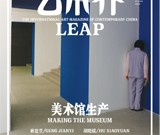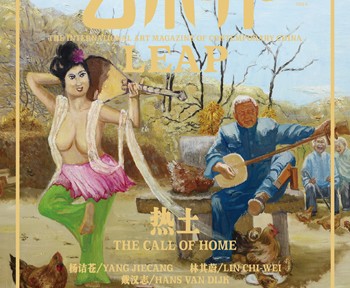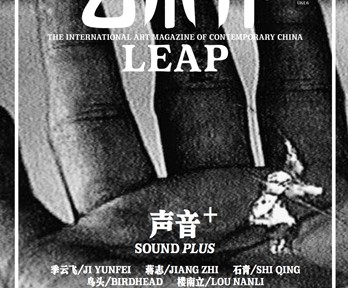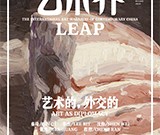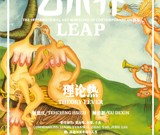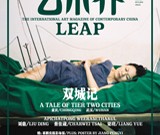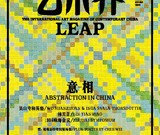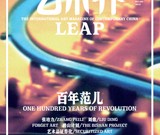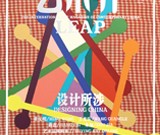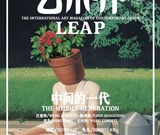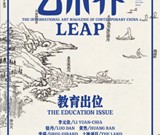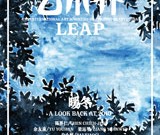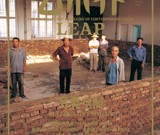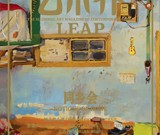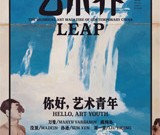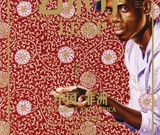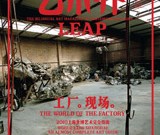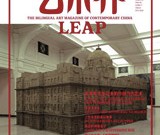More a nerdy rag than a scholarly journal, this issue of LEAP seeks to trace back and rewrite histories as they appear from our volatile present; with LEAP36’s feature package “199X” we take on the 1990s, the decade that, due to the feedback loops of popular nostalgia, simply never went away. Our interest is with a matrix of a few fundamental things that began twenty years ago: early moments in a shared history of contemporary art across China and the United States, reflected in a taste for abjection; the emergence of an underground spanning art, music, and other forms of culture alongside internal resistance within the art world; and the absorption of Chinese art into European discourses of identity politics. “199X” brings together curators, critics, and thinkers concerned with the art, exhibitions, and cultural phenomena of the 1990s, weaving them together into a chapter in time constituted by personal histories and investigations, in which readers will find discourses of resistance, globalization, nation and state, and the market still resonant today. We also reproduce for the first time in Chinese excerpts from theorist and historian Hal Foster’s seminal 1996 essay “Obscene, Abject, Traumatic.” Read alongside exhibitions like “Post-Sense Sensibility” and “Poly Phenolrene,” both from the late 1990s, this material argues a case for a global art history at the dawn of Chinese neoliberal biopolitics.
Our top section features young New York-based artist Stewart Uoo, whose subjects are often referred to as post-apocalyptic and post-human: temptation and decay and guile and absurdity in a bionic body. We review A Young Patriot, director Du Haibin’s latest documentary, where philosophies of growth and the times we live in are expounded through symbolic yet prosaic events. In “Transformation Marathon,” we trace Etel Adnan, François Jullien, and Judy Chicago’s thoughts on transformation at this year’s Serpentine Marathon.
This issue’s upper middle section presents three featured artist profiles: Firenze Lai, Camille Henrot, and Xu Tan. Firenze Lai is, at her core, a painter of the street: her compositions of individuals, pairs, and groups capture not actual people but feelings of how people work, and she identifies herself generously with the mass of humanity that she captures. Camille Henrot’s work is known for its inclusiveness and diversity, both in its forms and references, sometimes leaving viewers at a loss, as if the mass of information presented had promised some understanding it could not fulfill—but this undecipherable approach seems to be exactly the point. Whereas Xu Tan asks questions regarding structures that are reformulated at each moment in his experiment. This quest for an alternative model of understanding becomes an end of the aesthetic process in itself.
In our bottom section, curator and critic Bao Dong introduces his diaosi theory, observing the manifestations of social classes in contemporary art in China. Emphasizing the widening gaps between social classes in Chinese society today does not imply a return to simple class determinism, but rather to remind us that contemporary artists are gradually being incorporated into the social body, and the entire chain of art practice is related to how social resources are allocated. In “Hangings,” readers will find 28 short reviews on exhibitions around the world, including “David Diao” at UCCA in Beijing, “Geng Jianyi: East to the Bridge” at OCAT Shenzhen, “The World Goes Pop” at Tate Modern, “Greater New York” at MoMA PS1, and many more.
TOP
018 Stewart Uoo: The Gown and the Fleas
Text:Zoe Jiang
As a gay Asian man who grew up with four older sisters, Uoo must continue to integrate his multiple outsider identities both publicly and privately. His work incorporates his doubt, attraction, aversion, and confusion towards femininity, reminding viewers that differences in exterior appearance ultimately lead to differences in culture and politics.
024 Tan Boon Hui
Text:Alvin Li
028 Wang Taocheng: The Daydreams of a True Romantic
Text:Dai Xiyun
Wang purposefully slows down in her ever-accelerating social environment. She thinks that Europe is not the west of her imagination. Many of her European friends are mesmerized by the idea of Asia and the future of China, while she herself continues to reminisce and yearn for the western world of the 1920s.
034 Liu Weiwei, Intruder
Text:Zhang Hanlu
040 A Young Patriot and the Disappearance of Youth
Text:Lü Yangqiao
The film expounds on philosophies of growth and the times we live in through symbolic yet prosaic events like the national high school entrance exam, volunteer teaching, and housing demolition. This subject matter is nearly surreal despite its solid footing in reality, and, in contrast, the film’s limited scope and lack of imagination loom particularly large.
044 Transformation Marathon
Text:Agnieszka Gratza
048 The Mirage Part II
Text:Keith J. Varadi
056 A City with the Sound of its Own Making
Text:Edward Sanderson
Beijing is one of the best places in China for access to the plethora of facilities and audiences that can support experimental culture, and arguably has the best set of international connections of any city in China. Its combination of location and audience creates the basic infrastructure for survival and development.
060 Moe Satt: Left Light, Turn Right
Text:Sasha Zhao
066 Art Changsha: Tan Guobin’s Gold
Text:Wu Jianru
070 CROSSOVER
MIDDLE
076 FIRENZE LAI: A VOICE OF A GENERATION
Text:Robin Peckham
For Firenze Lai, as for many young people her age in Hong Kong, everything changed with the Umbrella Revolution. Lai is, at her core, a painter of the street: her compositions of individuals, pairs, and groups capture not actual people but feelings of how people work, and she identifies herself generously with the mass of humanity that she captures. Suddenly, with the reinvigoration of street life, that took place at the end of 2014, her work was not only a sideways reflection of the Hong Kong psyche but a participant in its drama—it became relevant in a way that contemporary art rarely ever really is.
086 CAMILLE HENROT: ART AND UNIVERSALITY
Text:Jian Ce
As in Grosse Fatigue, here this information mass echoes the human obsession with explaining, ordering, and documenting reality in order to control it. Ingestion and production are so closely linked that there is hardly any difference between taking in the world and shaping it by constructing explanatory models. For Henrot, chaos looms above all as the antithetical but necessary force in this anthropological dialectic: it feeds creative dynamics while at the same time subverting any comprehensive order.
094 XU TAN: MORE THAN AN INTERVENTION
Text:Liang Jianhua
Xu attempts to begin the process of research through an epistemological question: How to frame an understanding? How to know? He observes people’s daily lives, and how the value systems embedded within them perpetuate themselves. He asks questions regarding structure that are reformulated at each moment that the experiment is conducted—democracy as praxis, emerging from the process of the subject’s engagement with the world. The possibility for an opinion to form after serious consideration on one’s own terms—all of these things existed prior to science. Xu Tan’s meticulous treatment of his subject matter gives his topic an unusual strength.
108 AN IDEOLOGICAL REFLEX
Text:Karen Smith
In the mid-1990s, Zhou Tiehai and Yan Lei emerged as twin projections of a critical, and controversial, way of thinking about new art in China. “New” contra “old,” which put “new” on one side of a binary divide with “old”—read “official”—on the other. It was new as in “China’s New Art, Post-1989,” one of the early survey exhibitions, dating to 1993, which featured neither Zhou Tiehai nor Yan Lei, although it was more common to speak of “modern” or “avant-garde” art at the time.
116 ARCHIVES: “POST-SENSE SENSIBILITY: ALIEN BODIES AND DELUSION” AND “SUPERMARKET: ART FOR SALE”
Text:Song Yi
122 ARCHIVES: “CITIES ON THE MOVE”
Text:Song Yi
126 ART AS TRAVELING THEORY: CHINESE ART IN THE 1990S
Text:Duan Hongwei
A historic demarcation has been proposed at the beginning of 1990s: the modernism of the 1980s versus the postmodernism of the 1990s. As western thinking and culture flooded into the country, influenced by Foucauldian postmodernism and Edward W. Said’s postcolonial critique, Chinese intellectuals embarked on a journey of exploration into a critical thinking of their own cultures and identity.
132 ARCHIVES: “CHINA 1993 CONSUMERISM FAIR”
Text:Song Yi
134 A GREAT DISTURBANCE IN THE FORCE
Text:Mia Yu
The relationship between mass culture and art is often reduced to those paintings filled with misappropriated popular symbols of the 1990s and willingly absorbed by the market. It is worth emphasizing that, in the early part of the decade, several artists began to consider mass media from a critical standpoint, transforming it into a vector for art.
142 ARCHIVES: THE SCHOOL OF ROCK
Text:Sasha Zhao
Rock and roll first made its way to Chinese audiences as reference materials for the critique of capitalism, before it began to spread among the children of officials and musical families. Memories of early-1990s rock exist only in the communities of expats and elite intellectuals, who forged friendships in the Kempinski Hotel and Song Huaigui’s restaurant, Maxim. At the same time, bootlegged American and European cassette tapes traveled further inland from the coastal regions. Before rock was even officially introduced to China, a substantial supply chain had already formed on the gray market.
150 OBSCENE, ABJECT, TRAUMATIC
Text:Hal Foster
BOTTOM
162 THE RETURN OF CLASS: CONFRONTING THE SOCIAL NATURE OF ART
Text:Bao Dong
The fact that artists are believed to cross or transcend class may be a historical repercussion of artists defining themselves as intellectuals. In the 1980s, all artists considered themselves to be intellectuals. In those years, anyone who graduated from university was an intellectual. Many works of art from the period aimed to provoke social response, which had yet to develop distinctions between high and low culture. Wealth was still only beginning to be accumulated in China during the 1980s, and, as a result, political and cultural capital were the main standards that defined social classes. Artists were cultural elites with high-level educations whose words had influence, so it was natural for them to define themselves as intellectuals.
170 MOSCOW CONCEPTUALISM: A MAN-MADE UTOPIA
Text:Wu Mo
When it comes time to look back on the history of avant-garde art in China, few will consider the similarities it shares with the former Soviet Union. For Ralph Crozier, the comparability of the two is rooted in the absolute control over the arts exercised by the governments of both states. Although their cultural traditions and political experiences are not identical, in the stress placed on the role of politics, social class, the party, and the people in the creation of art, Stalin and Mao used different means to achieve the same ends. Artist associations and similar organizations guaranteed centralized control of exhibitions, sponsorship, publishing, and education. The same mechanisms also made socialist realism the leading style in both countries.
178 Hangings
Beijing
David Diao Ullens Center for Contemporary Art
Liu Xiaodong Faurschou Foundation
A New China under the Brush Dadu Museum of Art
Wang Jianwei Long March Space
Taca Sui Chambers Fine Art
Shanghai
Guan Xiao Antenna Space
Guangzhou
Hinterland Project Times Museum
Shenzhen
Geng Jianyi OCAT
Wenzhou
Lin Tianmiao How Art Museum
Xi’an
About Painting Too OCAT
Hong Kong
Yuan Goang-Ming Hanart TZ Gallery
Ko Sin Tung Edouard Malingue Gallery
Nam June Paik Gagosian Gallery
Taipei
Bruce Yonemoto Hong-Gah Museum
Chen Chien-jung Xue Xue Institute
Taichung
Asian Art Biennial National Taiwan Museum of Fine Arts
Gwangju
Interrupted Survey Asia Culture Center
Seoul
Aernout Mik Art Sonje Center
Singapore
Navin Thomas Institute of Contemporary Art
Yekaterinburg
Ural Industrial Biennial of Contemporary Art Iset Hotel
Berlin
Laure Prouvost carlier | gebauer
Paris
Ugo Rondinone Palais de Tokyo
Vienna
to expose, to show,to demonstrate, to inform, to offer Mumok
London
The World Goes Pop Tate Modern
Rachel Rose Serpentine
New York
Greater New York MoMA PS1
COBRA and Its Legacy Blum & Poe
Wu Tsang Clifton Benevento
















